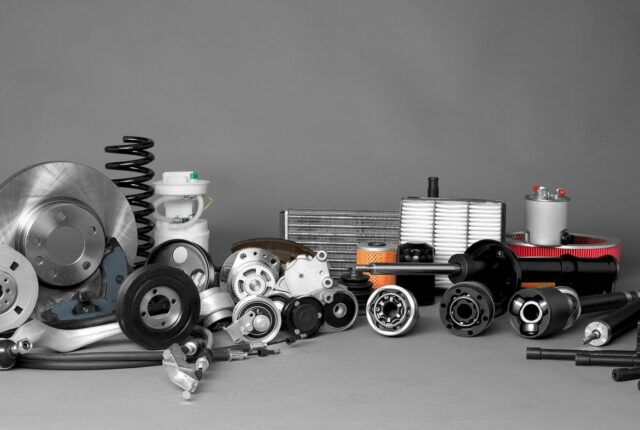
Approved Multi-Tank Carriers To Lower-Carbon Fuels
The DNV have finally approved a design for multi-tank carriers in a push to move towards lower-carbon fuels on iron ore carriers.
An independent assessment was carried out by the DNV. This was to verify the technical feasibility to see whether vessels chartered by mining companies could be adapted to store fuels such as liquefied natural gas (LNG), methanol and ammonia in the future.
This radical design was developed in partnership with Norwegian companies Brevik Engineering AS and Passer Marine. This new concept represents a major advance in the adoption of low-carbon fuels in the shipping industry.
The Ecoshipping program was devised by Vale to adopt new technologies in the aims of reducing carbon emissions. This multi-tank design is a big step in on the way to achieving this goal.
If a vessel is powered by methanol or ammonia the emissions would reduce from anywhere between 40%-80%, upto 23% if using LNG Vale explained.
Now DNV have approved the multi-fuel tank design, Vale plans to develop a pilot project in the next few months to implement this system on a Guaibamax carrier.
“The multi-fuel tank system removes some of the main barriers to the adoption of alternative fuels, which include regulatory and infrastructure uncertainty in defining the optimal fuel”, said Vale’s Shipping Technical Manager, Rodrigo Bermelho.
“It is a solution for the future, but one that could also impact existing ships, many of which have more than 20 years of service life ahead of them. Allied to other energy efficiency technologies in progress at Vale, such as rotating sails and air lubrication, it allows us to have more efficient vessels with very low carbon emissions.”
In addition to adopting alternative fuels, the Brazilian company is actively investing in energy-efficient technologies.
The main body of this article was found on www.offshore-energy.biz






